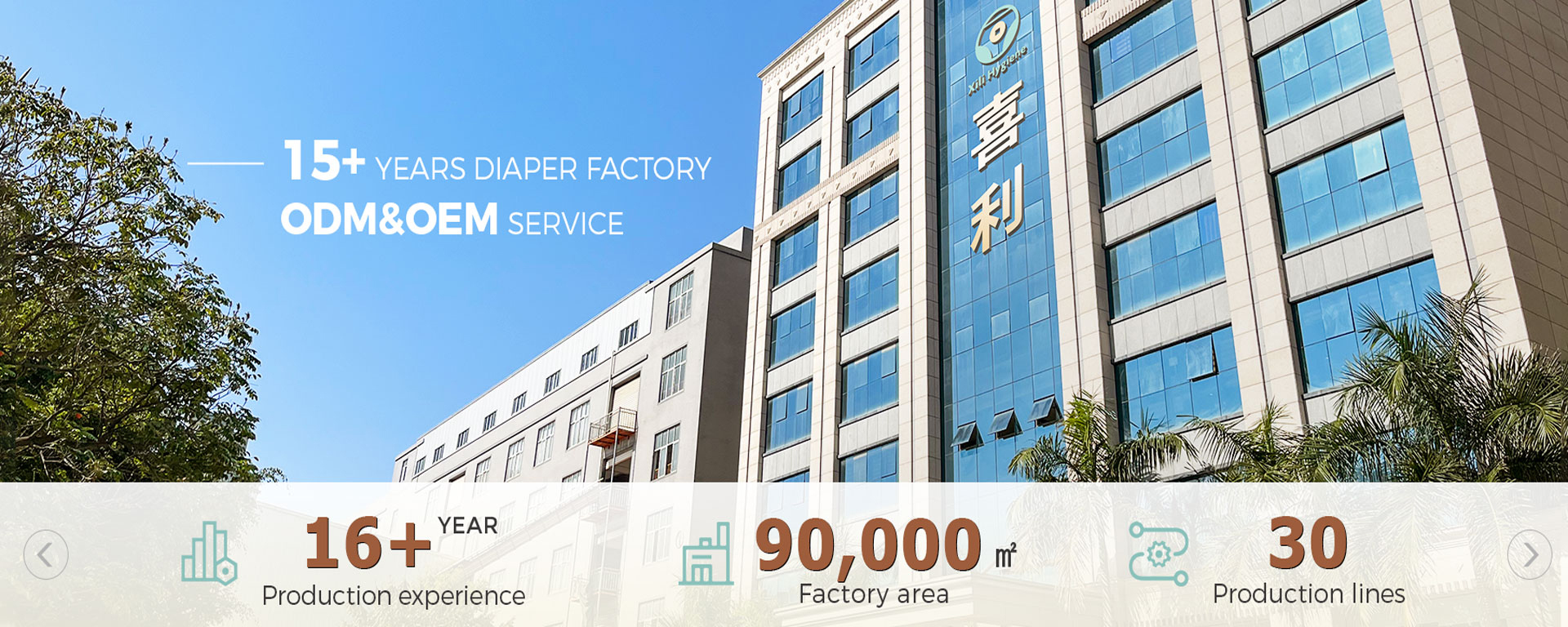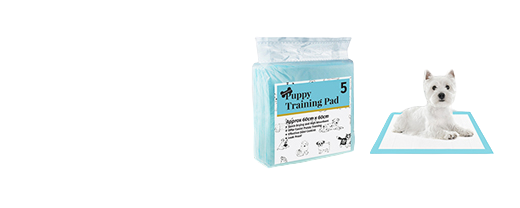
The Global Baby Diaper Market: Balancing Convenience and Environmental Responsibility
2025-08-13 22:00
The Global Baby Diaper Market: Balancing Convenience and Environmental Responsibility
Since their widespread adoption in the mid-20th century, disposable baby diapers have become an indispensable part of modern parenting. While liberating parents' hands and making infant care more hygienic and convenient, this seemingly simple product is now undergoing profound transformations amid global consumption upgrades and growing environmental awareness.
With a market size approaching $70 billion, the global baby diaper industry has evolved into a massive economic sector. In mature markets like North America and Europe, growth has stabilized, but consumer demands have shifted from basic functionality to premium and eco-friendly features. On supermarket shelves across Western countries, diapers marketed as organic cotton, chlorine-free, or biodegradable are becoming increasingly common, often carrying 30%-50% price premiums over conventional products. This trend toward premiumization is gradually spreading to emerging markets.
The Asia-Pacific region undoubtedly represents the most dynamic market today. While China's universal two-child policy failed to deliver the expected baby boom, a clear consumption upgrade trend has emerged, with young parents increasingly willing to pay for premium imported brands from Japan or Germany. Meanwhile, India and Southeast Asian nations, with their large populations and rapid economic growth, have become hotspots for international brands. Industry reports indicate India's diaper market is growing at 15% annually, far exceeding global averages. This rapid expansion stems not only from urbanization but also from working mothers' growing need for convenience products.
However, the industry's rapid development comes with significant environmental costs. Traditional diapers contain plastics and superabsorbent polymers that may take over 500 years to decompose naturally. In developing countries with inadequate waste management systems, used diapers often end up in open landfills or oceans, causing severe pollution. Even in developed nations, diapers account for 2%-3% of municipal solid waste, placing tremendous pressure on urban waste systems.
Facing environmental pressures, the industry is actively exploring solutions. Innovative companies are developing biodegradable materials, such as cornstarch-based films and bamboo fiber alternatives to wood pulp. Some European brands have introduced industrially compostable diapers that, while expensive, appeal to environmentally conscious parents. Another approach involves improving recycling technologies—Japanese firms are experimenting with breaking down used diapers into plastic pellets for manufacturing flower pots and park benches. More radically, modern cloth diapers are gaining popularity among eco-conscious families in Western countries. Though requiring frequent washing, these reusable products can reduce diaper waste by 90%.
Looking ahead, the baby diaper industry will confront stricter environmental regulations and heightened consumer expectations. Smart diapers and other innovations may create new growth opportunities, but the real challenge lies in balancing convenience with sustainability. This will require collaborative innovation across the supply chain and changes in consumer habits. After all, when choosing diapers for our children, we're also choosing what kind of planet they will inherit.
Get the latest price? We'll respond as soon as possible(within 12 hours)















